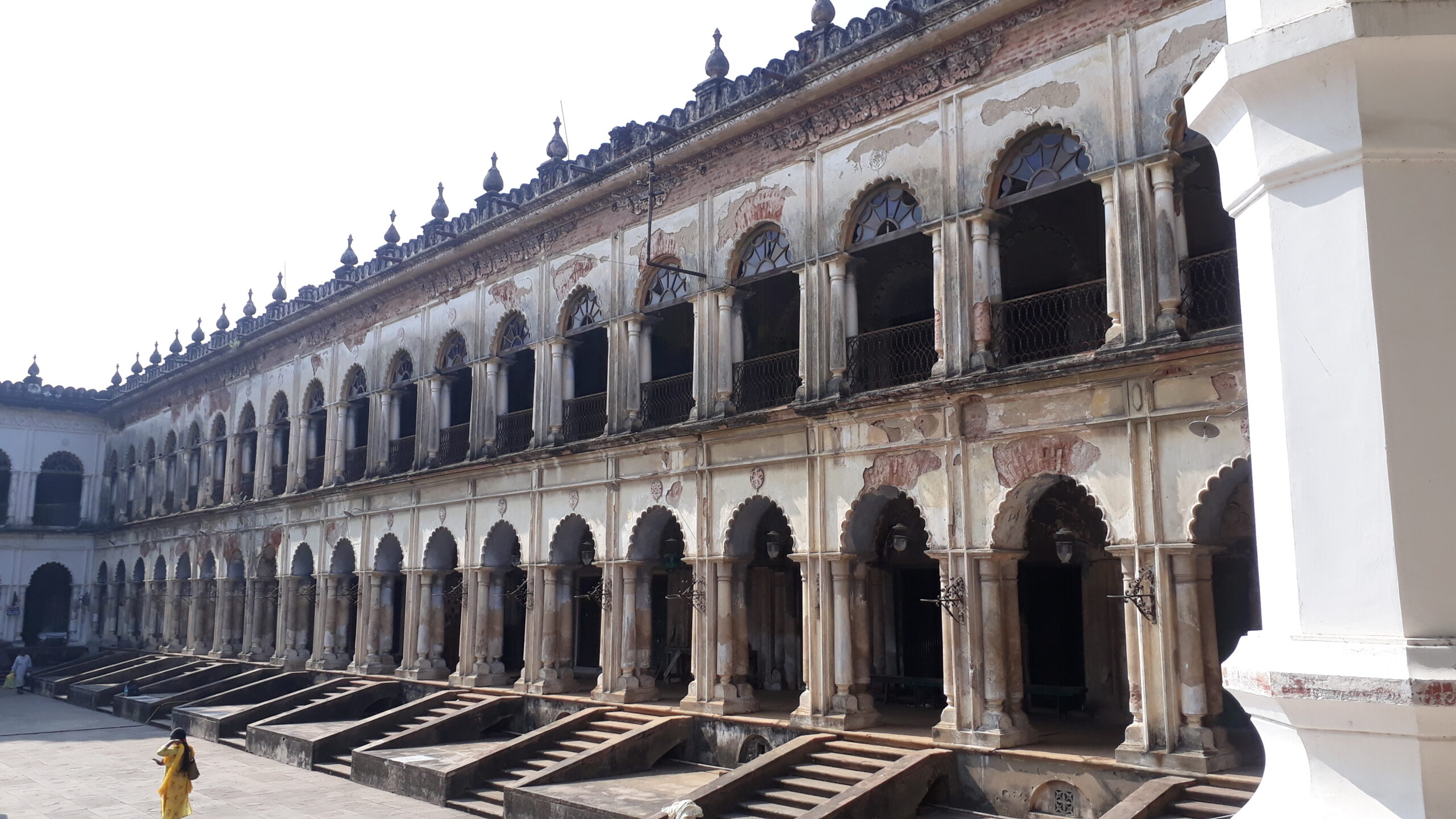Hooghly Imambara: Nestled along the picturesque banks of the Hooghly River, the Hooghly Imambara stands as a testament to the rich cultural and architectural heritage of West Bengal, India. As we mark the first year of our exploration into the historical tapestry of this iconic structure, let us delve into the significance, architecture, and cultural allure that make the Hooghly Imambara a must-visit destination.
“Embark on a journey through religious and architectural splendor at Hooghly Imambara, a significant Islamic heritage site in West Bengal. Admire the grandeur of this historic structure, known for its intricate detailing and unique architectural style. Explore the serene surroundings, including the Hooghly River, and delve into the spiritual significance of the Imambara. Witness the harmonious blend of Mughal and Indo-Islamic influences, and experience the cultural richness that defines this sacred space. Plan your visit to Hooghly Imambara for a captivating encounter with history, faith, and architectural brilliance in the heart of West Bengal.”
Historical Significance: Hooghly Imambara
The Hooghly Imambara, located in the town of Hooghly, is a historical marvel with roots dating back to the 19th century. Commissioned by Hazi Mohammad Mohsin, a prominent philanthropist and trader, the construction of the Imambara was completed in 1861. This architectural gem serves not only as a place of worship for the Shia Muslim community but also stands as a symbol of communal harmony and artistic brilliance.
Architectural Grandeur: Hooghly Imambara
The Hooghly Imambara’s architecture is a splendid fusion of Islamic and Bengali styles, showcasing intricate detailing and fine craftsmanship. The grand entrance, adorned with beautiful arches and domes, leads to the majestic prayer hall that can accommodate a large congregation. The central hall boasts an impressive chandelier, believed to be one of the largest in Asia, adding a touch of opulence to the sacred space.
Nizamat Imambara and Other Structures: Hooghly Imambara
Adjacent to the Hooghly Imambara is the Nizamat Imambara, a colossal structure that once housed the largest chandelier in the world. The Nizamat Imambara is an integral part of the complex, complementing the grandeur of its counterpart. The compound also includes a serene mosque and a lush garden, providing a peaceful retreat for visitors.
Religious and Cultural Significance:
The Hooghly Imambara is not only a place of worship but also a symbol of unity and religious tolerance. During Muharram, the holy month for Shia Muslims, the Imambara becomes a focal point for processions and commemorations. The ambiance is filled with spirituality, drawing devotees and visitors from various communities who come to witness the solemn rituals and experience the cultural richness of the occasion.
Conservation and Restoration:
Preserving the historical and cultural significance of the Hooghly Imambara is a collective effort. Conservation and restoration initiatives are ongoing to ensure that this architectural masterpiece retains its glory for future generations. The intricate carvings, delicate artwork, and historical artifacts within the Imambara are carefully maintained to uphold its heritage value.
Local Heritage and Tourism:
The town of Hooghly, with its narrow lanes and historical buildings, provides a perfect backdrop for a journey into the past. Visitors to the Hooghly Imambara often explore the surrounding areas, including the Dutch cemetery, Hooghly Ghats, and other architectural gems that contribute to the region’s rich historical tapestry.

Conclusion:
As we celebrate the first year of our exploration into the cultural and architectural wonders of the Hooghly Imambara, we acknowledge its role in preserving history, fostering religious harmony, and captivating visitors with its awe-inspiring beauty. This cultural jewel on the banks of the Hooghly River stands as a testament to the confluence of art, history, and spirituality, inviting all to partake in its legacy and appreciate the cultural richness it brings to the heart of West Bengal.

